The Meteora Monasteries and the Battle of Thermopylae are two of Greece’s most iconic landmarks, each representing a distinct facet of the country’s rich history. Perched atop towering rock formations, the monasteries showcase the region’s remarkable Byzantine architecture and enduring Orthodox traditions. Meanwhile, the site of Thermopylae commemorates the courageous stand of 300 Spartan warriors against the might of the Persian Empire. While these two destinations may seem worlds apart, they share a common thread – a testament to the resilience and unwavering spirit of the Greek people. Exploring their intertwined narratives offers a profound insight into the very essence of Greece’s cultural identity.
Key Points
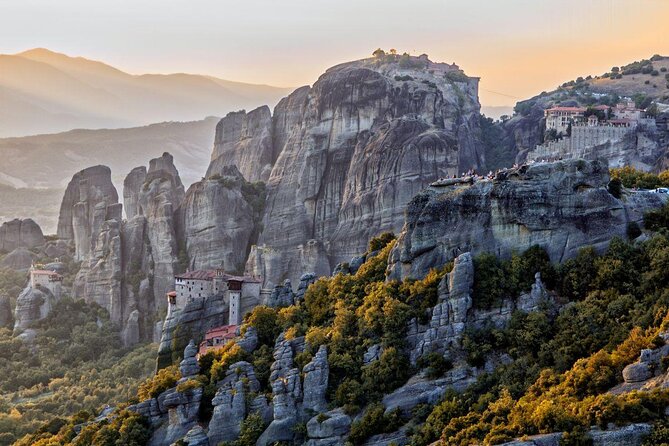
- The Meteora monasteries in Greece offer a captivating journey into the region’s monastic heritage and Orthodox Christian traditions.
- The Battle of Thermopylae in 480 BC exemplified the Spartan warriors’ unwavering courage, resilience, and sacrifice in defending Greek freedom against the Persian Empire.
- Combining a visit to the Meteora monasteries and the Thermopylae site provides a unique opportunity to appreciate Greece’s rich cultural and historical treasures.
- The architectural marvels of the Meteora monasteries, built atop towering rock formations, reflect the ingenuity and dedication of the region’s monastic communities.
- The legacy of the 300 Spartan warriors at Thermopylae continues to inspire modern ideals of heroism, patriotism, and the fight for liberty.
Exploring the Meteora Monasteries

The Meteora monasteries, perched atop towering rock formations, offer a captivating glimpse into Greece’s rich spiritual heritage.
Visitors ascend the winding staircases to discover the well-preserved Byzantine churches and monasteries dating back to the 14th century. Each monastery showcases exquisite frescoes, intricate architecture, and a serene ambiance that transports guests to a bygone era.
The dress code, requiring long pants and covered shoulders, reflects the monasteries’ reverence for tradition.
With three monasteries open to the public, travelers can enjoy the region’s spiritual significance and marvel at the engineering feats that allowed these structures to be built atop the dramatic natural landscape.
You can also read our reviews of more tours and experiences in Athens.
History of the Meteora Monasteries
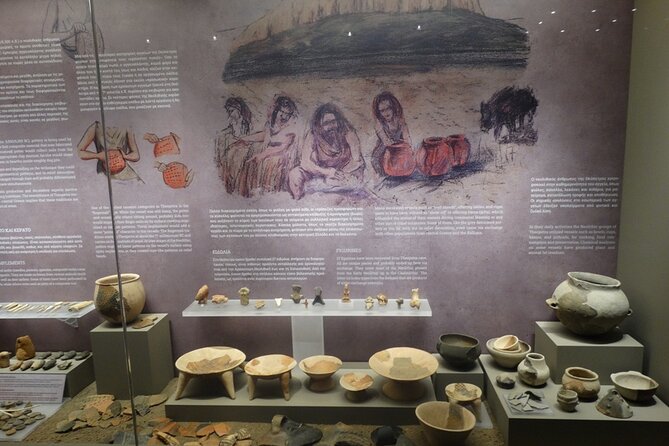
Atop the dramatic cliffs of Thessaly, in central Greece, the Meteora monasteries have stood as beacons of Orthodox Christian spirituality for centuries.
The first monasteries were established in the 11th century, with hermits seeking solitude and refuge. Over time, the number of monasteries grew to 24, each perched precariously atop towering rock pillars.
Though many have fallen into ruin, six active monasteries remain, offering visitors a glimpse into the region’s rich religious heritage.
The monasteries’ unique architecture, elaborate frescoes, and priceless artifacts draw pilgrims and travelers alike, making Meteora a must-see destination for those exploring Greece’s cultural and historical treasures.
Architecture of the Meteora Monasteries
Perched precariously atop towering rock pillars, the Meteora monasteries showcase an architectural marvel that has endured for centuries.
These isolated sanctuaries, built using a combination of natural rock formations and human ingenuity, stand as a testament to the resourcefulness and determination of the Eastern Orthodox monks who constructed them.
The monasteries’ distinctive features, including suspended bridges, staircases carved into the stone, and intricate frescoes adorning the interior walls, reflect the ascetic lifestyle and spiritual devotion of their inhabitants.
This unique architectural style, which seamlessly blends the sacred and the secular, has made the Meteora monasteries a UNESCO World Heritage Site and a must-see destination for visitors to Greece.
Visiting the Meteora Monasteries
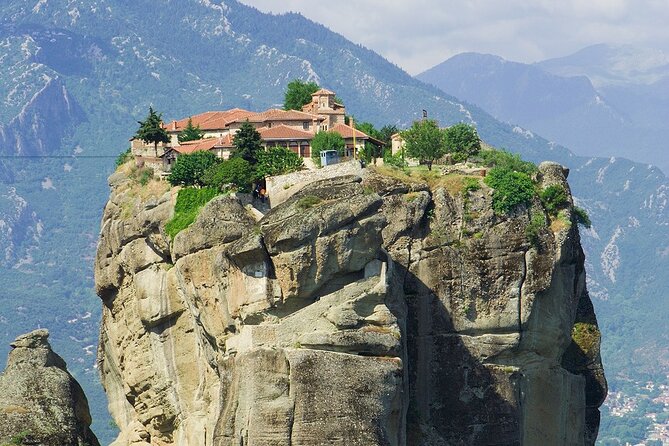
Visitors to the Meteora monasteries can expect a captivating journey that combines spiritual exploration with breathtaking natural scenery. The tour provides convenient transportation, delicious meals, and knowledgeable guides to enhance the experience.
Strict dress codes at the monasteries ensure visitors respect the sacred spaces. Despite these requirements, the opportunity to witness the awe-inspiring architecture and learn about the monasteries’ rich history makes the experience truly unforgettable.
-
The monasteries stand atop towering rock formations, offering panoramic views of the surrounding landscapes.
-
Exploring the monasteries’ interiors reveals intricate frescoes, religious artifacts, and a deep sense of serenity.
-
Visitors can gain insights into the monastic way of life and the resilience of the Orthodox Christian faith.
-
The tour’s combination of cultural, historical, and natural elements creates an immersive and memorable experience.
Battle of Thermopylae: Historical Overview
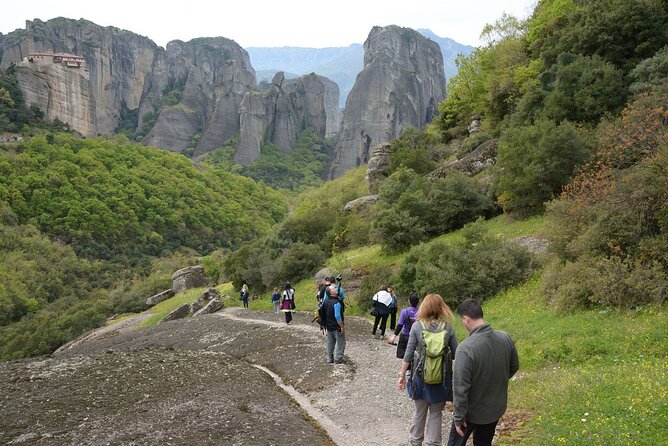
The Battle of Thermopylae was a pivotal moment in ancient Greek history, pitting the might of the Persian Empire against the valiant Spartan-led Greek forces.
In 480 BC, King Xerxes of Persia invaded Greece, intent on subjugating the city-states. The Spartans, led by King Leonidas, took a stand at the narrow coastal pass of Thermopylae, stalling the Persian advance.
Though outnumbered, the Greeks inflicted heavy losses on the Persians before ultimately being defeated.
Though the battle ended in a tactical victory for Persia, the heroic last stand of the Spartans became a symbol of Greek resistance, inspiring later victories that would lead to the eventual defeat of the Persian invasion.
- All Day Cruise -3 Islands to Agistri,Moni, Aegina With Lunch and Drinks Included
- Greek Food Walking Tour in Athens
- Cape Sounion and Temple of Poseidon Half-Day Small-Group Tour From Athens
- Athens & Acropolis Highlights: a Mythological Tour
- Athens Scenic Bike Tour With an Electric or a Regular Bike
- Athens Full Day Private Tour
The Spartan Warriors at Thermopylae
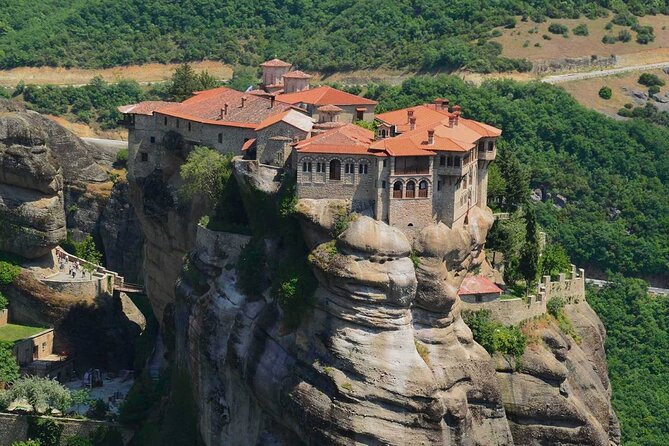
At the forefront of the Greek resistance stood the legendary Spartan warriors, their disciplined ranks forming an impenetrable wall against the advancing Persian hordes. Known for their unwavering courage and unparalleled skill in battle, the Spartans embodied the very essence of the Greek spirit:
-
Uncompromising dedication to their city-state and its ideals
-
Mastery of the phalanx formation, a coordinated military tactic that leveraged their collective strength
-
Ruthless training from a young age, instilling them with the physical and mental fortitude to withstand even the most daunting challenges
-
A code of honor that valued duty, loyalty, and the ultimate sacrifice for the greater good of their people.
Significance of the Battle of Thermopylae
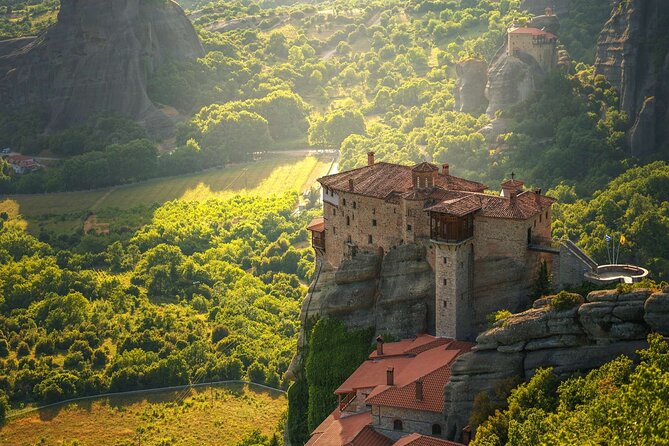
The Battle of Thermopylae stands as a defining moment in ancient Greek history, its lasting significance etched into the annals of time.
This epic confrontation between the Spartans and the invading Persian army has become a symbol of courage, heroism, and the unbreakable spirit of the Hellenic people.
The 300 Spartan warriors, led by King Leonidas, who sacrificed their lives to delay the Persian advance, have been immortalized in literature, art, and popular culture.
Their defiant stand against the overwhelming Persian forces has inspired countless individuals throughout history, serving as a testament to the power of determination, patriotism, and the willingness to fight for one’s freedom.
Combining the Meteora and Thermopylae
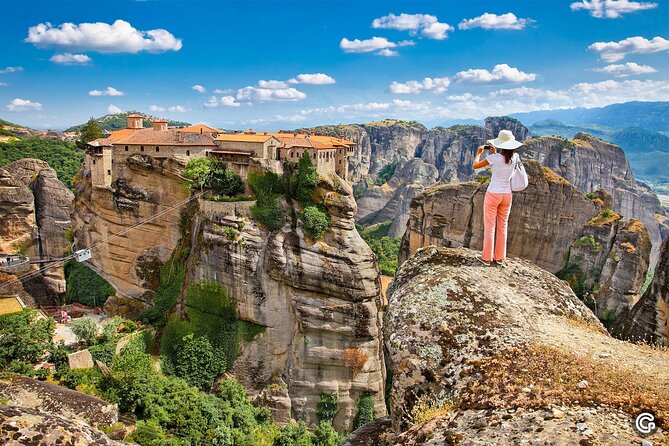
On a captivating journey through Greece’s rich history, visitors can combine the awe-inspiring Meteora monasteries with the hallowed grounds of the Battle of Thermopylae.
This full-day tour offers a unique opportunity to explore the country’s cultural and historical treasures. Guests will marvel at the gravity-defying monasteries perched atop towering rock formations and then venture to the site where the legendary 300 Spartans made their heroic last stand against the Persian army.
This immersive experience allows travelers to:
- Gain insight into Greece’s monastic heritage
- Commemorate the bravery of the Spartan warriors
- Witness the stunning natural landscapes of the region
- Deepen their understanding of the country’s rich history
Frequently Asked Questions
Can I Bring My Own Food and Drinks on the Tour?
The tour provides bottled water, snacks, and soda, so bringing your own food and drinks is not necessary. However, you’re welcome to pack a lunch if you prefer to have your own meal during the tour.
Is There an Option to Visit the Monasteries Individually?
No, the tour does not offer an option to visit the monasteries individually. The tour package includes entrance fees and access to the Meteora monasteries as part of the guided group experience.
What Language Do the Tour Guides Speak?
The tour guides on this Athens day trip speak English as they cater to international visitors. The guides provide detailed commentary throughout the excursion to the Meteora monasteries and the site of the Battle of Thermopylae.
Are There Any Restroom Facilities Available During the Tour?
The tour includes restroom facilities at the Meteora monasteries and during the lunch stop. Travelers can also use restrooms at the meeting point before the tour begins.
Can I Take Photographs Inside the Monasteries?
Photography is generally allowed inside the monasteries, but visitors must be respectful and follow the rules. Tripods and flash photography are typically prohibited to preserve the sanctity of the religious sites.
Recap
The Meteora Monasteries and the Battle of Thermopylae embody the enduring spirit of Greece. The monasteries, perched atop towering rock formations, showcase the country’s rich Byzantine heritage and devotion to Orthodox Christianity. Similarly, the heroic stand of the 300 Spartans at Thermopylae against the Persian invaders exemplifies Greece’s unwavering determination to defend its freedom. Together, these two iconic sites offer a profound understanding of Greece’s cultural narrative, one defined by resilience, faith, and an unyielding quest for liberty.
More Tour Reviews in Athens
- Private Full-Day Sounio Coastline Tour Attica Sunset
- Port of Piraeus to Athens City Centre
- The Ultimate 11-Day Island Tour, Paros, Naxos, Mykonos, Santorini
- 8 Days Apostle Paul Tour/Neapolis, Philippi, Veria,Thessaloniki, Athens,Corinth
- Private Day Trip to Canal,Ancient Corinth,Myceane and Nauplion
- Athens Full Day Tour
Not for you? Here's more things to do in Athens we have recnetly reviewed
- 4 Best Canoe And Kayak Experiences In Athens
- 2 Best Craft Beer Tours And Tastings In Athens
- 20 Best 2 Day Tours In Athens
- 20 Best 3 Day Tours In Athens
- 20 Best 4 Day Tours In Athens
- 11 Best Canoe And Kayak Experiences In Athens
- 25 Best Dining Experiences In Athens
- 20 Best Full-Day Tours In Athens
- 3 Best BBQ Experiences In Athens
- 3 Best Coffee Tours And Tastings In Athens
- 25 Best Sailing Experiences In Athens
- 12 Best Massage And Relaxation Services In Athens
